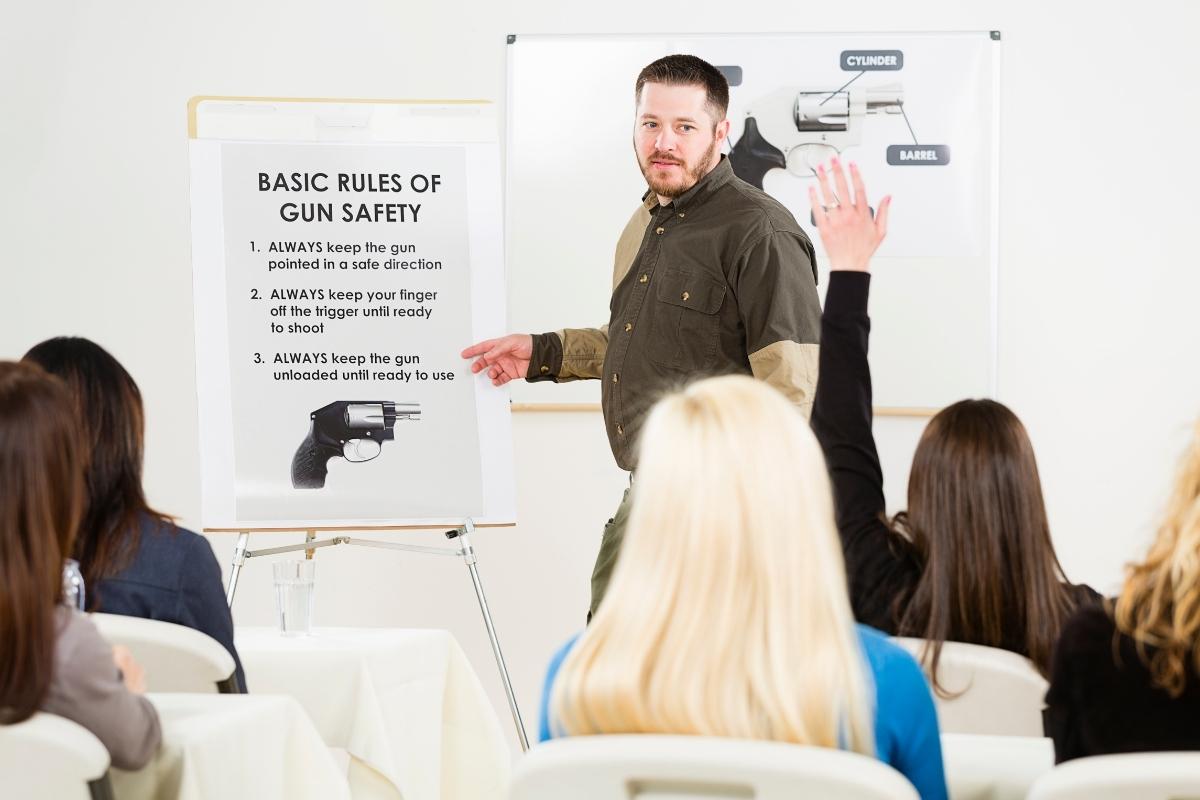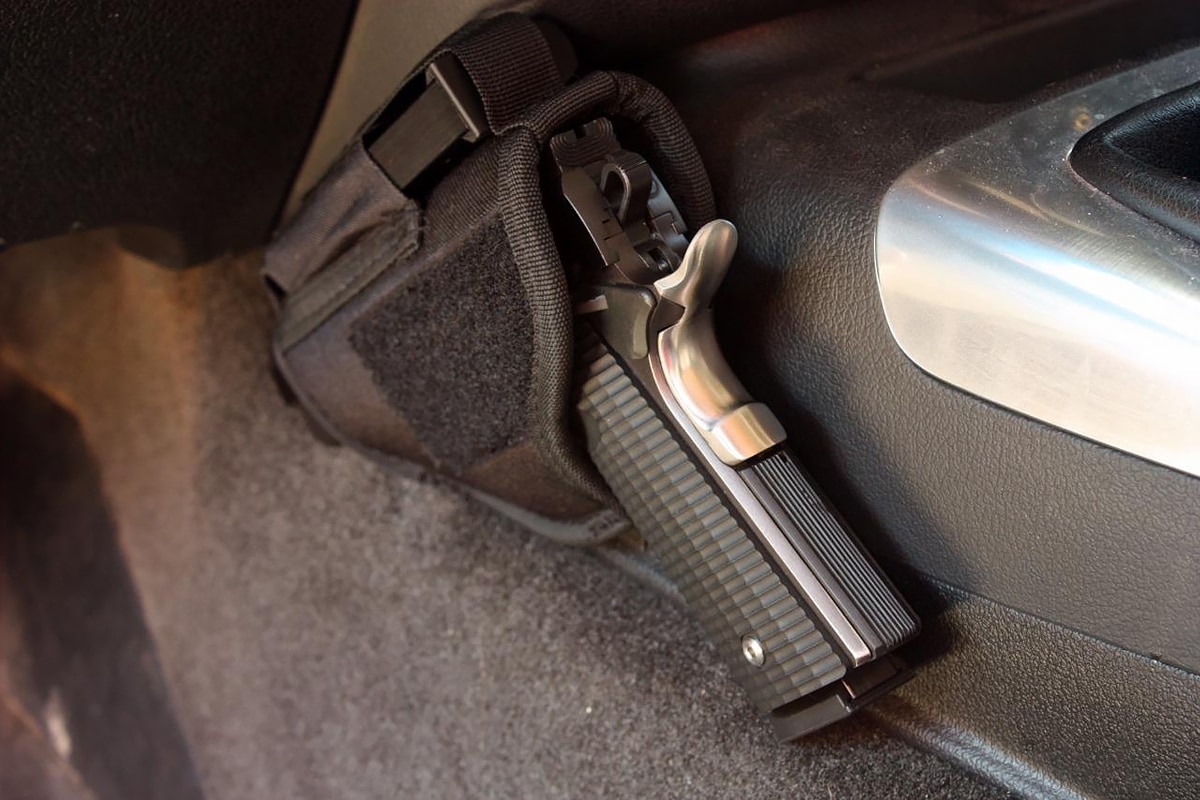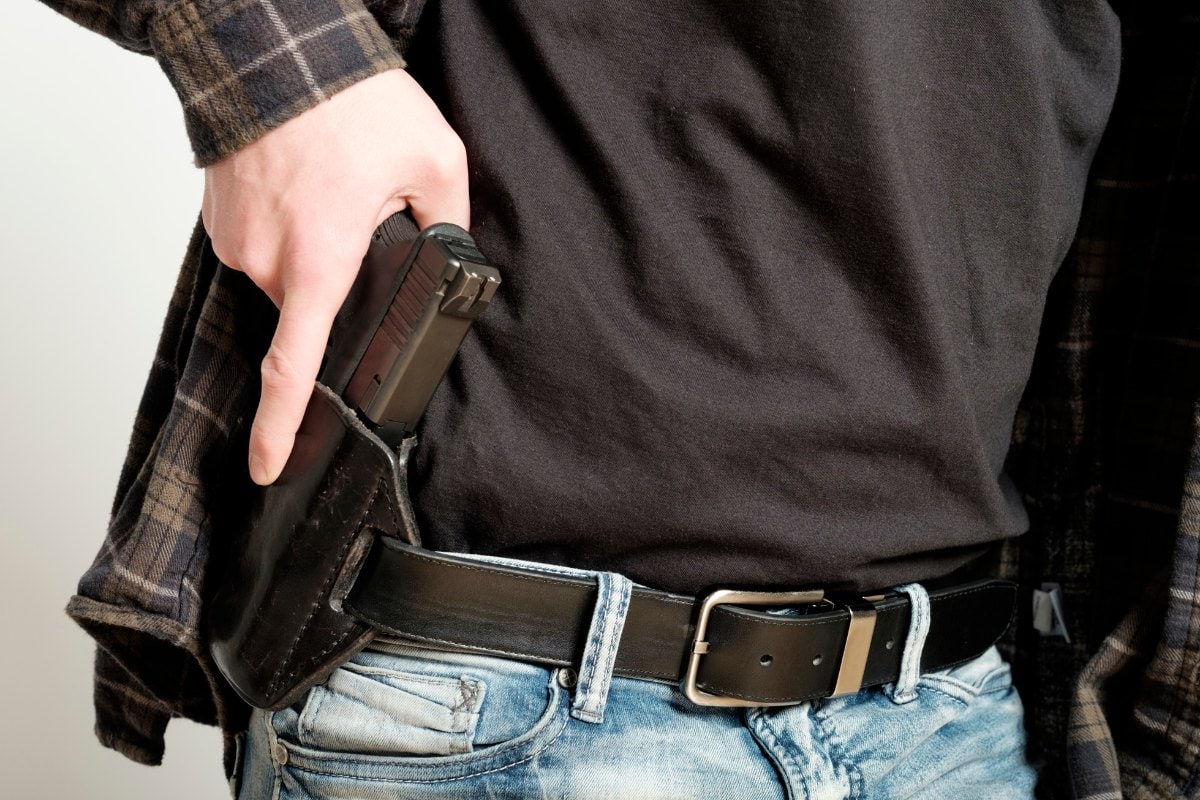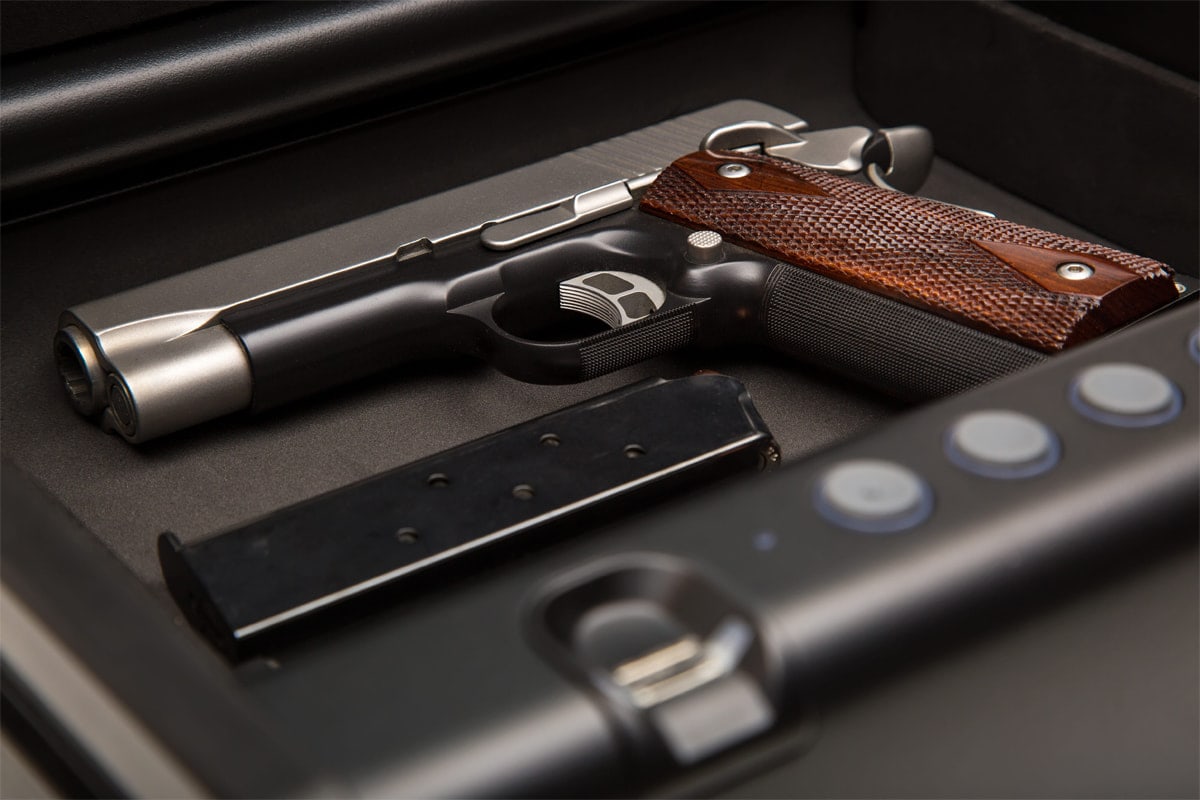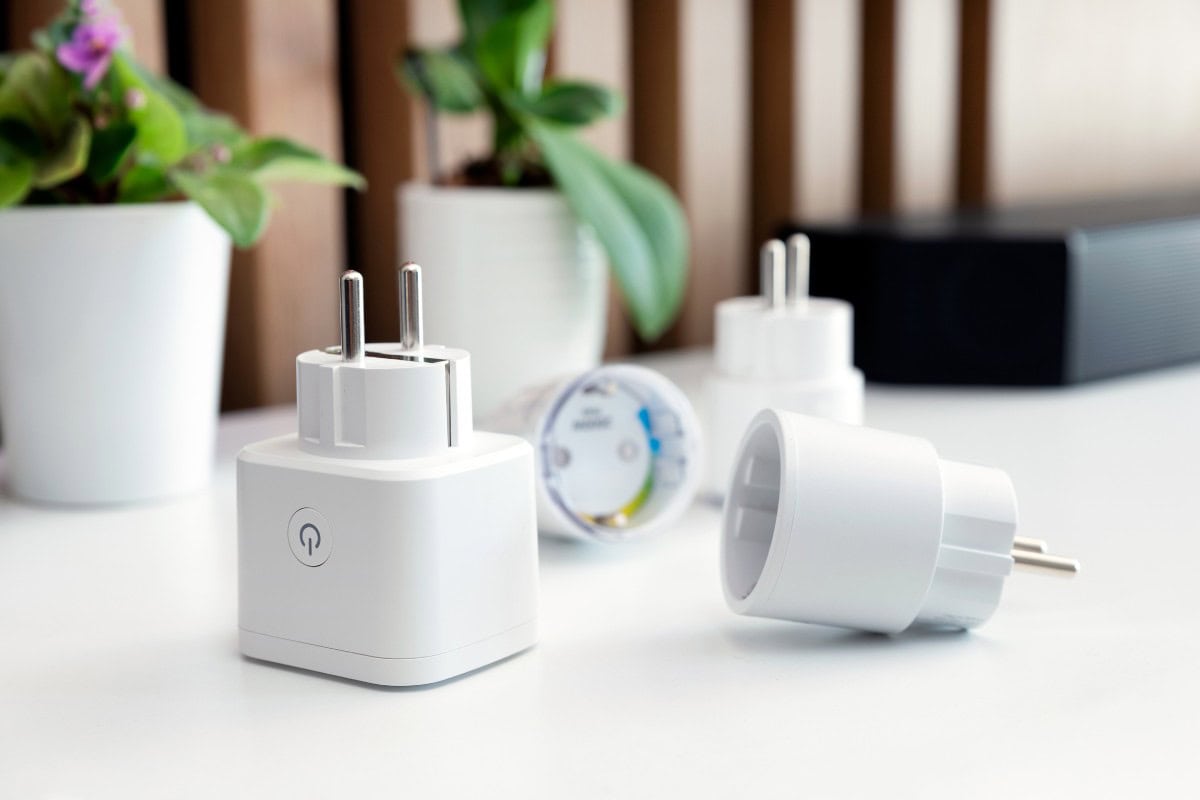Safety, we all want to be safe. Actually, safety is probably the primary reason thousands upon thousands of Americans have made the decision to seek a concealed carry permit. We want to be safe in a very unsafe world. But that desire to be safe by using a tool such as a gun brings an awesome responsibility.
It would stand to reason that you wouldn’t carry a pitchfork with the points under your chin as you walked through the field, nor would you hang a noose around your neck with the trail dangling as you crossed a busy street. It is obvious certain tools have inherent dangers associated with them, as do guns.
How many times have you regrettably heard a news report of a child, or sometimes even an adult, who picked up a weapon and, thinking it was unloaded, jokingly fired it in the direction of a friend or family member? Too often, sadly that is the loudest “bang” that person will ever hear!
In the gun community, there is a basic set of rules that everyone is taught and breaking those rules often results in serious negative feedback from the members of the community. I have seen the 10 basic handgun safety rules, the 6 handgun safety rules, etc., etc. Today, I’m going to deal with the most basic 4 gun safety rules developed to prevent what is known as an accidental discharge – an unintended firing of a weapon. And if not to prevent it, at least to minimize the negative impact should it happen nevertheless. These rules should be known and memorized until they are second nature. They may save the life of a family member or friend someday.
Never Point the Weapon at Anything You Are Not Willing to Destroy
This is known as muzzle awareness. A gun in a holster points to the floor – it should never be outside the holster unless it is pointed at a specific target, either paper or threat. Hence, even when cleaning a gun, the owner should be certain the muzzle will not sweep past any living creature.
Treat Every Gun as a Loaded Gun
Even if you just verified that it is unloaded, treat your gun as a loaded gun. This creates a respect for the gun’s potential for harm and creates in your mind an aversion to ever handling the gun in a less than absolutely serious way.
Keep Your Finger off the Trigger and Out of the Trigger Guard
Until you are bringing your weapon into the position of firing, keep your finger off the trigger. As you train, so will you do when you are under massive physiological and psychological stress, as in a gunfight. It is said you will be half as good as your best day at the range. Take no chances, and some triggers can be activated more easily when a person is shaking or wearing a glove.
Be Certain of Your Target and Everything Surrounding It
Certainly you wouldn’t want to accidentally shoot an innocent bystander or a child or someone’s dog. It is your responsibility to be sure you know what is in front of, behind, and to the sides of your target. And under stressful conditions, this is almost impossible, given the nature of the physiological reaction to stress. But you are responsible nevertheless. Once the bullet has left the muzzle, you are responsible for everything it encounters.
Guns are tools, nothing to be afraid of unless the muzzle is pointing in your direction by the hand of someone untrained or the hand of someone intending on doing you harm. I am not afraid of a pitchfork nor a noose but I have a righteous and appropriate fear of evil men intent on doing me harm. In the gun community we have a saying, “I am the weapon, the gun is merely one of my tools.” Observe a mother whose child is being harmed, if she doesn’t have a gun, it doesn’t matter. She will do everything she can, with everything at her disposal to save her child. You see, the tool is just a tool, she becomes the weapon.
I thought of what images I could offer you to keep your interest and also what other training I could recommend. And try as I might to come up with something new, I just don’t think there is any better, more comprehensive training available for under a couple of hundred bucks than the training program I’ve already recommended and reviewed, referenced below.
I recommend it. It is thorough, comprehensive, and user-friendly. Do you think that’s a cop-out or do you know of a better training that must be comprehensive and under one hundred?
Be safe, keep safe!

